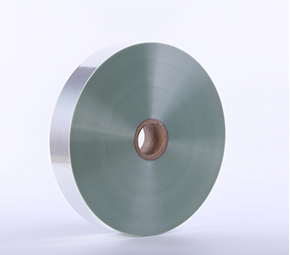 Aluminum Home Foil Jumbo Roll
Aluminum Home Foil Jumbo Roll
Thin aluminum plates have been widely used as packaging and household foils to prevent the environment from affecting food. As the thickness of the aluminum foil decreases, pinholes and tape breaks may increase the risk of these conditions. In this study, taking the AA1200 aluminum foil with a thickness of 7 to 75 microns produced by twin-roll casting as an example, the causes of pinholes and tape breaks were investigated using optical scanning electron microscopy and energy dispersive X-ray spectroscopy. The simulation research experiments all use the same rolling mill to analyze the mechanism of pinholes and strip breakage in the production process of aluminum foil.
Thick aluminum plates below 200 microns are described as foils. Aluminum foil has many applications such as: heat insulation materials, heat sinks, radiators, electrical coils, capacitors, transformers, cable foils, semi-rigid containers, bottle caps, packaging bags, wrapping paper, peel-off caps, household aluminum foil, lithographic printing plates, Decoration products, etc.
In addition to being a recyclable material, aluminum is also the material of choice for its environmental impact, high thermal conductivity, resistance to oxygen permeability and moisture resistance. In order to prolong the use time of products and make products more suitable for customers' requirements, aluminum can be coated, laminated, embossed and printed, providing various options for the packaging industry

lxxx, 3xxx, 8xxx series alloys are typical of aluminum foil production. Iron and silicon are the main alloying elements of the lxxx and 8xxx series, while the main alloying element of the 3xxx series is manganese. The minimum thickness of aluminum foil for lxxx and 8xxx series is 6.3 microns and 8-10 microns, respectively.
This study explores the causes of pinholes and tape breaks encountered in the production process of aluminum foil used in the packaging industry and households. Conduct research on samples collected from industrial-scale production. The coil is cast and rolled using the twin-roll casting technology (TRC), and then the foil is obtained according to different annealing and aluminum foil conversion methods. After the last rolling, the final thickness of the aluminum foil is 200-260 microns. They will be rolled further in aluminum foil rolling mills that can roll thinner thicknesses.
Aluminum Foil Roll Food Grade 8011 O With its convenient packaging and easy-to-use blades, this aluminum foil is the perfect complement to your busy commercial kitchen





